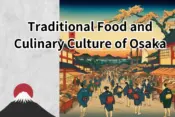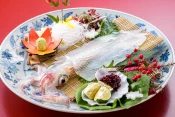Kyoto’s Summer Delicacy: Hamo, the Exquisite Fish That Embodies Elegance and Tradition
.
Kyoto, Japan’s ancient capital, is renowned for its rich culinary heritage, and one of its most prized summer delicacies is hamo, or pike conger eel. This unique fish, with its delicate flavor and firm texture, has been a symbol of elegance and tradition in Kyoto cuisine for centuries.
What is Hamo?

Hamo is a long, slender fish with a silvery skin and sharp teeth. It inhabits the sandy bottoms of the ocean and is known for its voracious appetite. While hamo may not be the most visually appealing fish, its taste and cultural significance more than make up for its appearance.
honekiri (bone-cutting)
Preparing hamo is a true art form that requires exceptional skill and precision. The fish is notoriously difficult to handle due to its numerous small, needle-like bones. To overcome this challenge, Kyoto chefs have developed a specialized technique called honekiri (bone-cutting), in which the bones are meticulously sliced into tiny pieces without damaging the flesh. This labor-intensive process ensures that the hamo can be enjoyed without any unpleasant surprises.
Why Hamo is a Must-Try in Kyoto
Hamo is not just a fish; it’s a symbol of Kyoto’s summer season and a key ingredient in many traditional dishes. The fish is in peak season from June to August, coinciding with the Gion Matsuri festival, one of Japan’s most famous and elaborate festivals. During this time, hamo is featured prominently in menus across Kyoto, from high-end restaurants to casual eateries.
My first experience with hamo was at the age of 22. Growing up in a modest household, I had never had the opportunity to try this expensive delicacy as a child. However, the owner of the restaurant where I worked part-time encouraged me to try it, saying, “It’s delicious.” After taking a bite, I understood why hamo is considered a special treat. The delicate, nuanced flavors were unlike anything I had ever tasted before. It was a revelation that made me realize that some culinary experiences are best appreciated with a mature palate.
Where to Find the Best Hamo Dishes in Kyoto
Kyoto offers a plethora of options for those eager to try hamo. Here are a few recommendations:
- Kyo-ryori Restaurants: Many traditional Kyoto cuisine (kyo-ryori) restaurants specialize in hamo dishes during the summer months. Look for establishments that offer seasonal hamo kaiseki (multi-course) menus for a truly immersive experience.
- Kappo Restaurants: These intimate restaurants often feature seasonal ingredients, including hamo, prepared in creative and innovative ways.
- Hamo Specialty Restaurants: Some restaurants in Kyoto focus exclusively on hamo, offering a wide range of dishes that showcase the versatility of this fish.
Here are brief introductions to the two restaurants specializing in hamo cuisine:
1.Sangenan

A renowned establishment dedicated to hamo dishes, Sangenan offers a variety of seasonal hamo courses that showcase the chef’s expertise and creativity. Their signature dish, the “Hamo Shabu-shabu,” is a must-try for any hamo enthusiast.
2.Kyo-ryori & Hamo-ryori Sanei
This traditional Japanese restaurant is known for its authentic Kyoto cuisine, with a special emphasis on hamo during the summer months. Their hamo dishes are prepared with meticulous attention to detail, using time-honored techniques and the freshest ingredients.
For an authentic and memorable experience, consider staying at a ryokan (traditional Japanese inn) that offers hamo as part of its dinner course.
Hamo Culinary Experiences
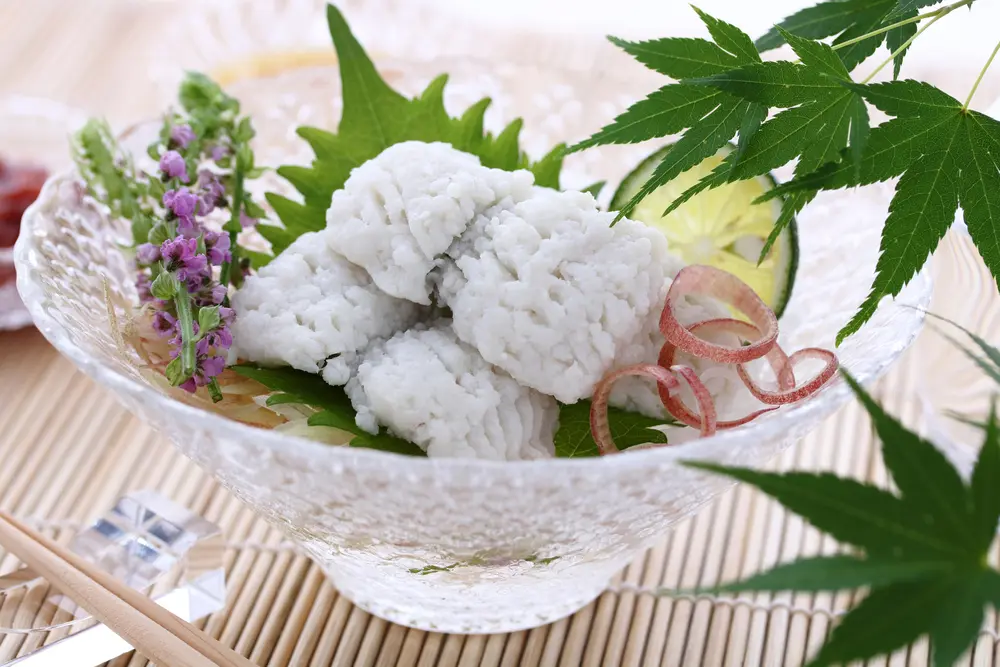
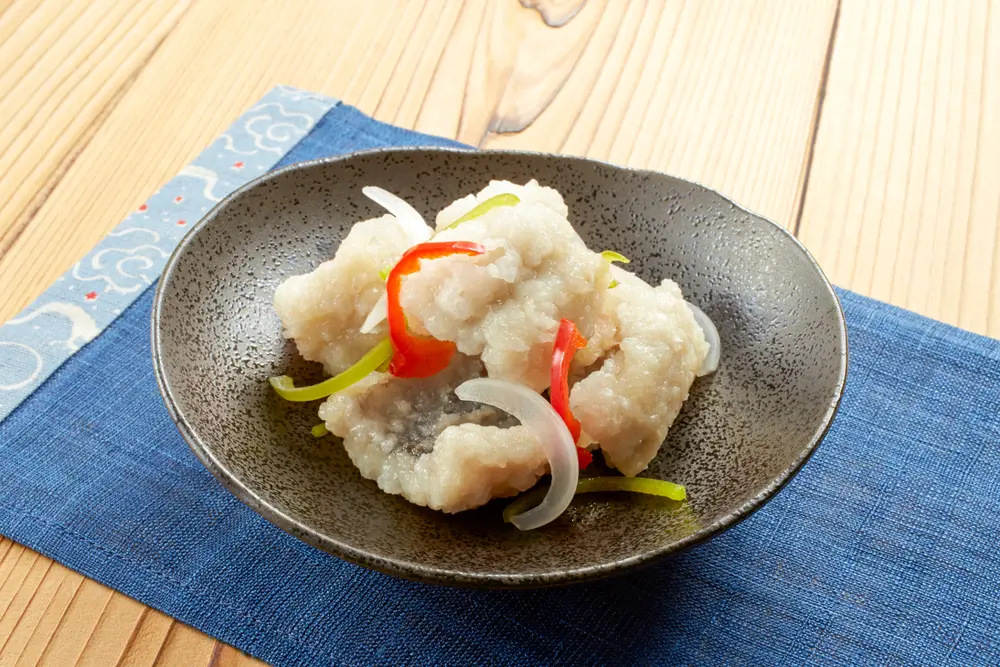
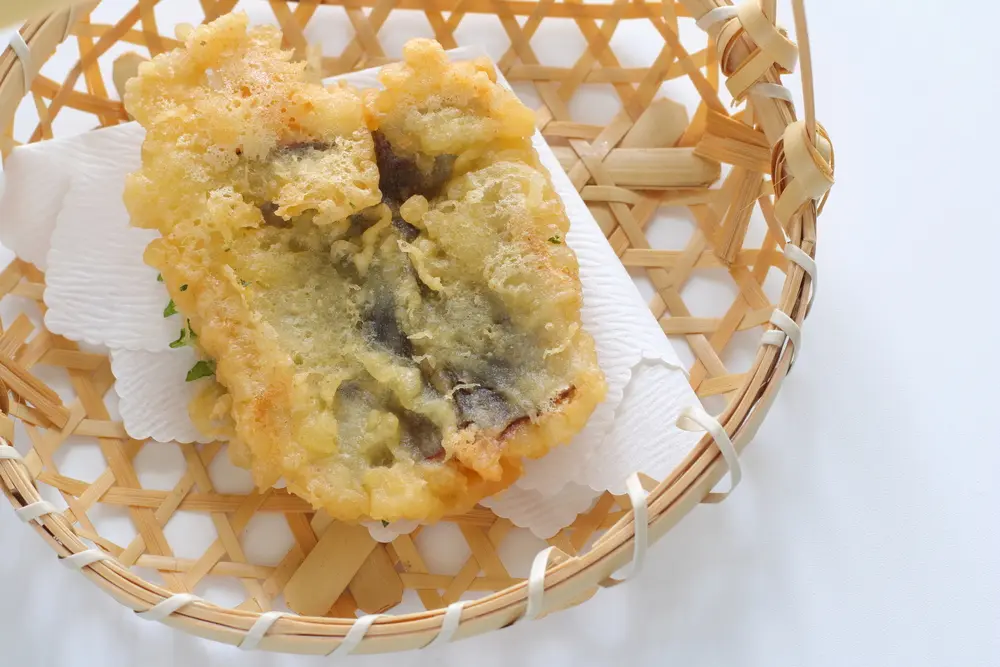
Hamo can be prepared in various ways, each highlighting different aspects of its flavor and texture. Here are a few popular hamo dishes to try:
- Hamo no Otoshi: This chilled appetizer features thinly sliced hamo served with a plum sauce, offering a refreshing start to a meal.
- Hamo Shabu-shabu: Thinly sliced hamo is quickly cooked in a hot pot and dipped in a citrusy ponzu sauce.
- Hamo Tempura: Hamo is coated in a light batter and deep-fried, resulting in a crispy exterior and tender interior.
- Hamo Sushi: Hamo can also be enjoyed as sushi, either as nigiri (hand-pressed) or as part of a sushi roll.
Conclusion
Hamo is a culinary treasure that embodies the essence of Kyoto’s rich culture and traditions. Its delicate flavor, unique texture, and the artistry involved in its preparation make it a truly unforgettable dining experience. If you’re planning a trip to Kyoto during the summer months, don’t miss the opportunity to savor the exquisite taste of hamo. It’s a culinary adventure that will leave you wanting more.
Reviews from Visitors
There are no reviews yet. Be the first one to write one.


